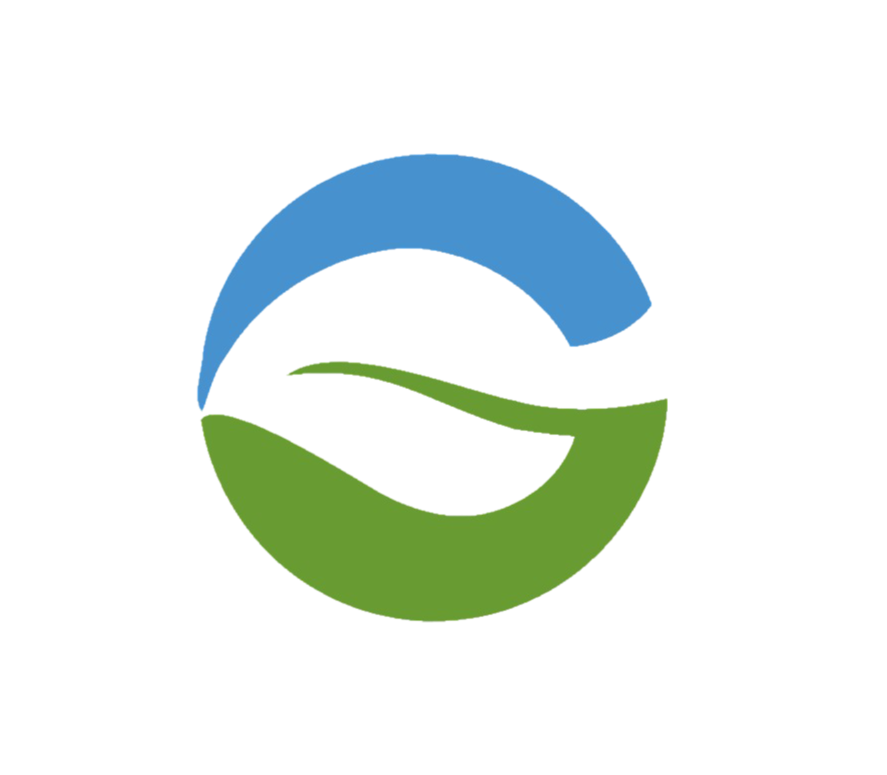Water is no longer just a resource — it’s a critical asset that must be intelligently monitored, purified, and managed. Industrial demands, urban expansion, and growing concerns around sustainability are putting pressure on traditional water purification systems — often limited by manual operation, reactive maintenance, and inefficiencies.
Enter Artificial Intelligence (AI) and the Internet of Things (IoT). These technologies are not just futuristic buzzwords — they’re actively transforming how water purification works. Together, they enable real-time monitoring, predictive maintenance, smart automation, and energy optimization, turning water systems into intelligent, self-regulating ecosystems.
Let’s explore how AI and IoT are revolutionizing water purification — across industries, municipalities, and beyond.
1. Why Traditional Water Systems Fall Short
Manual water purification systems depend on fixed schedules, operator vigilance, and reactive troubleshooting. This often leads to:
- Delayed detection of TDS or pH imbalances
- Inefficient use of energy and chemicals
- Frequent equipment failure due to lack of predictive insight
- Increased operational costs and downtime
As water demands grow and regulations tighten, this reactive model becomes unsustainable. Intelligent automation is the answer.
2. Role of IoT in Smart Water Purification
The Internet of Things (IoT) connects devices like sensors, pumps, and controllers to the internet — enabling continuous data collection and remote monitoring.
Key IoT Tools in Water Systems:
- TDS, pH, Turbidity Sensors: Monitor water quality in real-time
- Flow & Pressure Sensors: Detect anomalies such as leaks or membrane clogging
- PLC & HMI Controllers: Automate operations based on real-time data
- Cloud Dashboards: Provide remote access, analytics, and alerts
Benefits:
- 24/7 remote visibility
- Instant fault alerts via app or SMS
- Reduced manual labor
- Data-driven adjustments
- Preventive maintenance scheduling
Example: In a smart industrial RO plant, IoT sensors detected a gradual pressure rise — signaling membrane fouling. The system automatically triggered a cleaning cycle, preventing failure and saving thousands in downtime.
3. Role of AI: The Brain Behind the Operation
While IoT collects and sends data, Artificial Intelligence (AI) interprets and uses that data to make intelligent decisions.
AI Applications in Water Treatment:
- Predictive Maintenance: Forecasts when pumps or membranes will fail using historical trends.
- Adaptive Control: Adjusts pump speeds, dosing rates, and cleaning intervals based on water input quality.
- Energy Optimization: Identifies when systems can operate at lower loads without compromising purity.
- Anomaly Detection: Flags unusual TDS spikes or flow drops, signaling contamination or sensor failure.
- Water Quality Forecasting: Uses weather or usage patterns to predict shifts in feed water quality.
4. AI + IoT = AIoT: Complete System Intelligence
AIoT (Artificial Intelligence of Things) is the combination of IoT’s data-gathering power with AI’s decision-making capabilities.
How It Works:
- IoT devices collect data (TDS, pressure, turbidity, pH)
- Data is analyzed by AI software
- AI predicts issues, optimizes settings, and triggers PLC commands
- Operators receive alerts or suggestions
Real-World Impact:
- Up to 50% reduction in unplanned maintenance
- Energy savings of 25–30%
- Extended life of membranes and pumps
- Stable water quality even with varying source conditions
Example: A Pune-based beverage factory used an AIoT-enabled RO system and saw:
- 35% less chemical usage
- 25% drop in energy costs
- Constant output quality even during monsoon feedwater changes
5. Cross-Sector Applications
| Sector | Application | AIoT Benefits |
|---|---|---|
| Industrial RO Plants | Boiler feed & recycling | Preventive maintenance, less downtime |
| Municipal Water | Urban water supply | Leak alerts, remote control, automation |
| Commercial Buildings | RO + softener systems | Auto shutdown, app control |
| Agriculture | Water purification for fertigation | Smart dosing, zero over-irrigation |
| Pharma/Hospitals | Ultrapure water supply | Auto compliance logging, validation |
6. Using AI for Continuous Learning and Optimization
AI thrives on data. The more it runs, the smarter it gets.
AI Can Learn To:
- Predict optimal filter/membrane replacement cycles
- Adjust chemical dosing based on real-time water quality
- Recommend plant design changes based on usage patterns
This means your system gets more efficient the longer you use it.
7. The Future: Autonomous Water Plants
Looking ahead, water treatment plants will become fully autonomous:
- Drones will inspect remote RO installations
- Digital twins will simulate membrane performance
- AI will adjust operation based on time-of-use energy pricing
- Blockchain will secure water quality logs for regulatory audits
These innovations will reduce human error, optimize every drop, and meet sustainability goals effortlessly.
8. Conclusion: The Smart Water Revolution Has Begun
AI and IoT are no longer optional add-ons — they are transforming water purification from a mechanical process into a data-driven, self-optimizing system.
Whether you operate a factory, manage municipal utilities, or build commercial infrastructure, integrating smart water technology ensures:
- Better water quality
- Lower operating costs
- Improved sustainability
- Greater compliance and control
The future of clean water is not just filtration — it’s intelligent purification.
FAQs
Q1. How does IoT improve water purification?
IoT provides real-time data on TDS, pH, pressure, etc., helping detect issues before they become problems.
Q2. Can AI predict membrane failure?
Yes. AI models analyze usage trends to forecast when cleaning or replacement is needed.
Q3. Is AIoT expensive?
Initial costs are higher, but long-term savings (energy, labor, chemicals) can exceed 40%.
Q4. Can I retrofit AI/IoT into existing plants?
Yes, smart controllers and sensors can be added to most modern systems.
Q5. What’s the biggest benefit of AI in water treatment?
Consistent quality and massive cost reduction with less human intervention.

Recent Comments